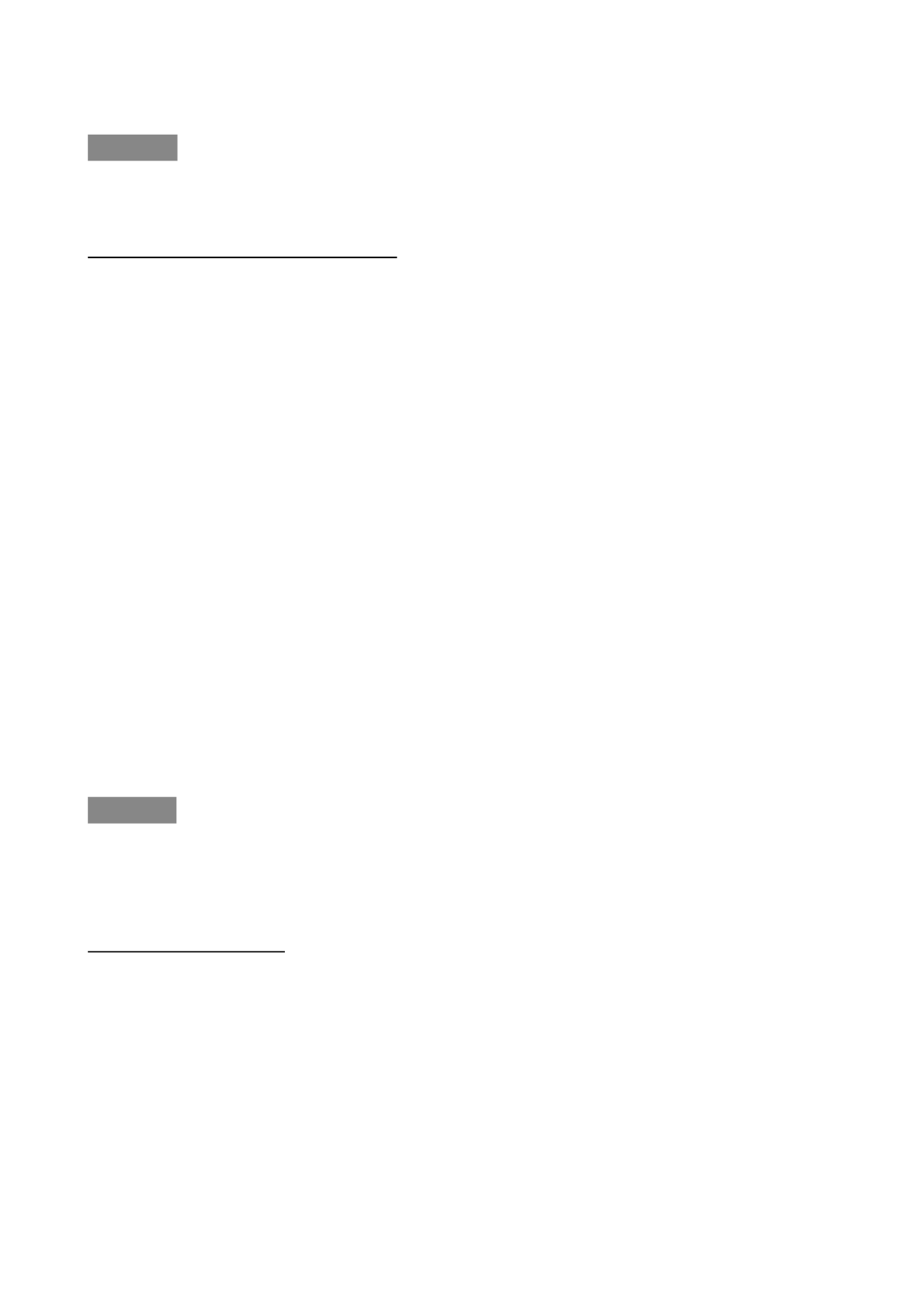

229
11–14 APRIL, 2018, HELSINKI, FINLAND
14:10–14:20
S3-2 (LO)
NURSING CARE PROCESS IN PEDIATRIC UROLITHIASIS
AFTER ESWL
Gema FERNÁNDEZ MALDONADO, Maria MUÑOZ PÉREZ, Sandra PÉREZ
SANCHO, Marta CASADO CARRO, Franquet Barnils ESTHER, Ana PALOMINO
MARTÍNEZ and Alonso Torres MARIA TERESA
Fundació Puigvert, Nurse, Barcelona, SPAIN
PURPOSE
Extracorporeal Shock Wave Lithotripsy (ESWL) is a non-invasive first choice therapy for pediatric
urolithiasis. The knowledge of the procedure and its possible complications may improve clinical
practice and quality of nursing care in the uropaediatric patient. The present study aims to describe
the Nursing Care Process in ESWL as well as to learn the sociodemographic characteristics of the
patients an Uropaediatrics Unit of a third level hospital.
MATERIAL AND METHODS
A descriptive, retrospective, and Unicentric study. All uropaediatric patients ≤18 who attended
a Center (Spain) from 2010 until 2014 were included in the study, a total 115 children.
RESULTS
The mean age of the studied cases was of 9.55 years (range: 1–18), 57.26 % males and 41.73 %
females. 73.91 % of the cases were initial visits. 22.92 % of the girls and 28.35 % of the boys re-
quired successive visits. Common and specific diagnoses in each of the stages of the non-invasive
intervention were identified and 5 major and 3 potential risk nursing diagnoses were determined.
CONCLUSIONS
Assistance planning based on a Nursing Care Process and promoting healthy lifestyles through
health education helps improve the quality of care and prevent comorbidities and/or side effects of
the procedure.
14:20–14:25
S3-3 (PP)
ANALYSIS OF STRUCTURED TRIAGE IN AN EMERGENCY
SERVICE IN THIRD UROPEDIATRIC LEVEL MONOGRAPHIC
CENTER
Berta SANS CALLEJO, Mireia PLANS MARCOBAL, Mª Angels SALLENT DÍAZ, Maite
LÓPEZ GUERRERO, Gemma FERNÁNDEZ MALDONADO, Maria MUÑOZ PÉREZ
and Maria Teresa ALONSO TORRES
Fundació Puigvert, Nurse, Barcelona, SPAIN
PURPOSE
The triage is a standardized method of management of patient classification in five levels accord-
ing to their health severity. This brief identification provides an improvement of the assistance,
a prioritization of the circuits and information to the users. The Centre specialization required an
adapted system to the patient’s characteristics related with the parameters that determine the triage
numeration OBJECTIVES: to describe the use of a triage system in the Urgent Care Service in the
Center during the 2016 year.











